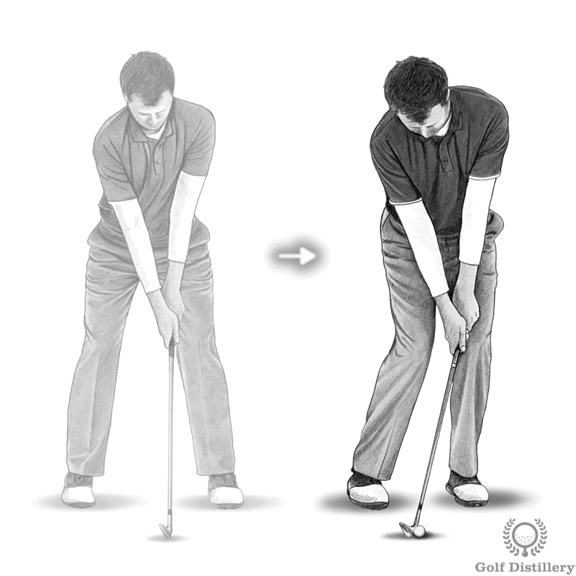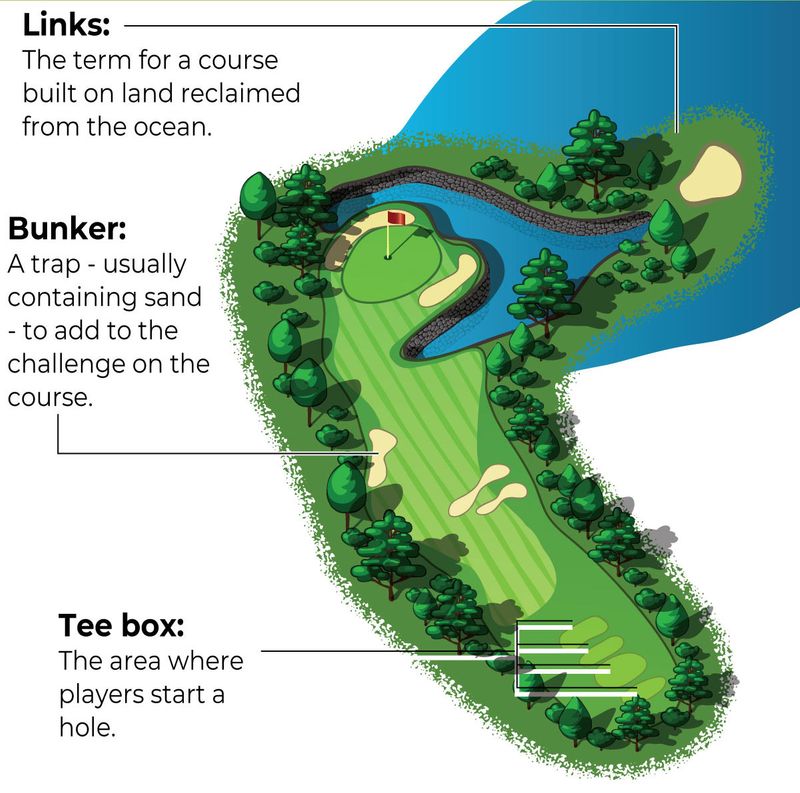
It is more difficult to swing a driver than it is to swing an iron. You need more loft to hit with a driver than you would with an iron so adjust your setup accordingly. Your back foot should also be supported more. There are ways to make your driver swing more powerful.
Driving a swing driver?
You don't need to use the same setup for each driver and iron when you play golf. The best shots are made when you have the same setup as your drivers and irons. The outcome of your shots will depend on many factors. First, you should know the differences between the swing sequence for the two clubs.
An iron's swing plane is steeper than a driver's. This helps you to generate maximum power on the downswing. You will also find that the driver shaft is longer and more comfortable, while the iron shaft is shorter and easier to bend.
You should create an upward approach to your attack
It is important to maintain an upward angle of attack when swinging a driver. This will improve the ball's ability to travel further and reduce dispersion. To increase the angle of attack, you can start by teeing the ball higher. Long Drive Tour players typically use tees that are 5" or more.

Golfers often make the common error of having their shoulders open when swinging a driver. Your upper body should be positioned forward so that the clubhead travels further. This creates an angle of attack that is steeper. This will make the clubhead travel farther, resulting in a left swing direction.
Keeping weight on the back foot
It is common for golfers to have difficulty keeping their weight on the backfoot when swinging their club. But, there are simple solutions. Start with a short practice session. Make sure you have your head above the ball to allow your body to swing smoothly.
First, you'll need to understand what hang back is. When your weight is not transferred to your back foot at the end of your backswing, this is called hang back. This can lead either to a skinny or fat strike. You can avoid the problem by practicing with a pressure board, which will monitor weight distribution and help you train your swing to stay on the back foot through impact. Because it pivots at the center, and rock back and forth depending on your weight, the Sheftic Pressure board is an excellent training tool.
A swing of iron can transform power
Powerful golf swings are important. Powerful iron swings are based on several key concepts. One of them is the extensor action. This action makes your right arm feel like it's trying hard to straighten throughout your swing. However, your right hand should not move in the opposite direction. Instead, your right side should feel tension as you swing your arm. This tension will allow your left arm to stay straight.
To generate power when swinging an iron, it is important to keep the angle between your lower hand and the shaft as long possible. The more you hold this angle, you'll generate more lag which will lower the iron's speed and deflect it. You should also keep your hips open in the hitting zone. This will allow your upper body to move freely, allowing you to swing full-force.

Keeping low point steady with an iron swing
One of the most important aspects of iron swing control is keeping the low point steady. This will ensure that the clubface remains square and allows for solid contact. It also helps to control ball flight. It helps to secure the headcover. This will increase your ability to hit the ball more often. These exercises can be used to increase your driver's distance.
First, consider your stance. Your stance should have your head in the center of your body. Then, your low point is the imaginary line running from your left shoulder joint to the ground. Make sure you place the iron under the left pectoral muscle when you hit the ball. It will become second nature as you practice this swing technique.
FAQ
What happens at a golf round's end?
The player with the lowest score at the end of each round wins. If two players are tied for first, they both win.
If there are more than three players who tie for the first place after 18 holes they will share the money.
If only two people remain tied after 18 holes, the tournament committee decides who gets the prize money.
What equipment should I use when playing golf?
Golfers must dress appropriately for the weather. A shirt, long trousers, and well-gripped shoes are all recommended. Players should use sunscreen and sunglasses when playing outdoors.
After exercising, you should bring a towel to wipe your skin and body. Also, remember to bring a hat and gloves, a water bottle, and snacks like fruit and sandwiches.
How much does a round cost for golf?
The average cost per person is $15-30 This includes greens fees and cart rental.
Where can i find a great golf course?
Many cities have their golf courses. These courses can be used to improve your golf swing in peace and tranquility.
Alternatively, if you prefer a more social atmosphere, you may wish to visit one of the country's many golf resorts.
Are there any skills required to play golf?
No. All you need to do is bring a pair of walking boots, a towel and a few clubs.
Statistics
- Professional golfers typically make between 60% and 70% of greens in regulation. (en.wikipedia.org)
- He shanked the first attempt, but it is estimated his second went more than 200 yards (180 m).[52]Golf courses worldwide. Below are the top 20 countries with the most golf courses as of 2019.[53]CountryNumber of (en.wikipedia.org)
- They do this by means of assessing and rating courses according to the average good score of a "bogey golfer," a player with a handicap of around 20. (en.wikipedia.org)
- In the United States, women made up 25 percent of golfers in 2021, which was up from 19 percent in 2011, and junior female golfers account for 35 percent or 1.1 million golfers.[50] (en.wikipedia.org)
External Links
How To
How to Hit the Perfect Bunker Shot
A bunker shot, a type or golf shot that aims at a particular spot on the green (the holes) to ensure your ball hits the ground without bouncing off of the surface, is one example. This is done by taking advantage of the slope of the green. The goal is to guide the ball towards the hole in the shortest path.
You want to play golf in the best possible line to get to your target point. It is important to consider factors like distance to the target, terrain type, whether the ball has to bounce off of the ground or fly straight and weather conditions.
First, understand the basics of bunker shooting. First, decide if you're going uphill and downhill. If you're facing uphill, you'll need to use a drawing club. If you're facing downhill, you'll need to swing with a fade. Next, calculate how fast you must move your body to stop it from bouncing off green. This can be done using the angle between you and the ball. Finally, you'll need to know the size of the bunker you're aiming at.
Once you've figured these things out, you can start swinging. You should swing hard enough to allow the ball to pass the face of your club head, but slow enough so that it doesn't bounce off the green. Once you've found the right speed and trajectory, you can begin your approach. Slowly approach the ball, until you can clearly see the landing zone. Next, you should take one final look at the ball before you release it. If all goes according to plan you will have a flawless bunker shot.